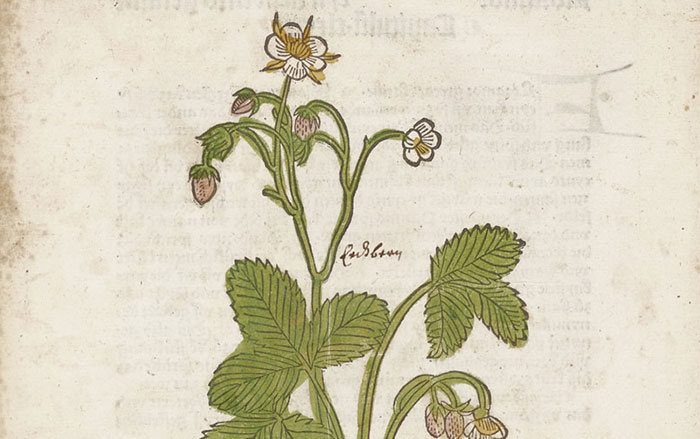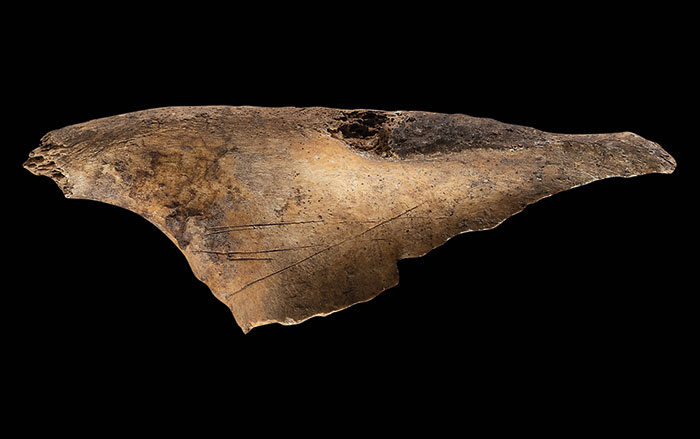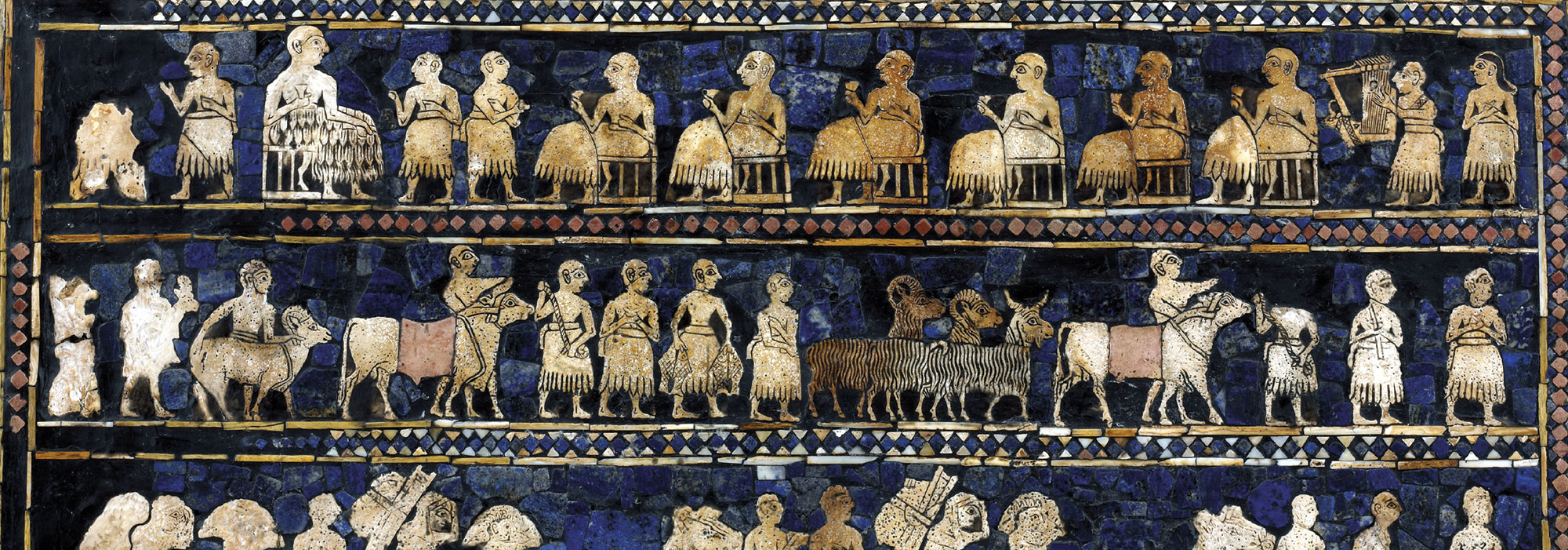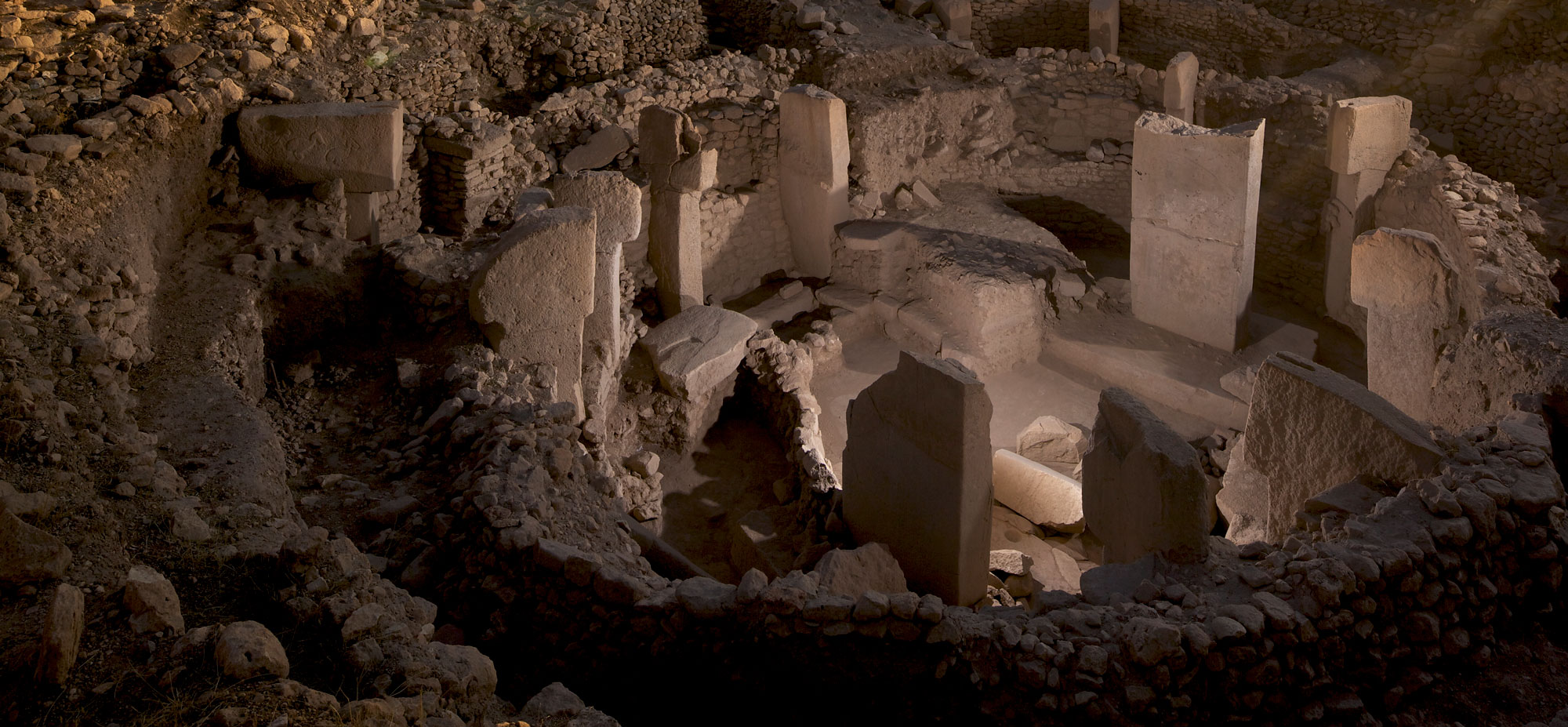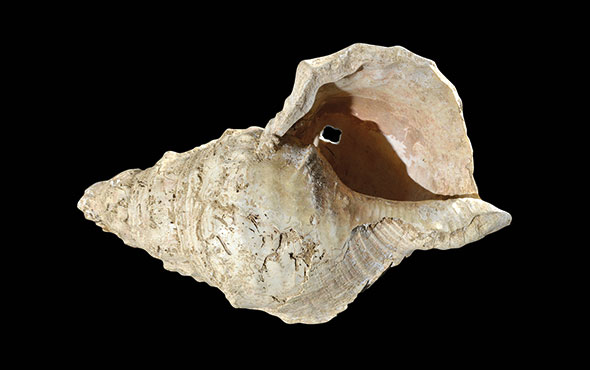
CAMBRIDGE, ENGLAND—According to a statement released by the University of Cambridge, researchers have detected DNA from Yersinia pestis, the bacterium that causes Black Death, in the teeth of people buried in a parish cemetery and friary in Cambridge and in the nearby village of Clopton. Plague victims can die quickly, leaving no visible trace on their skeletal remains, and scientists had previously only been able to identify individuals killed by the Black Death when they were buried in mass graves. Team member Craig Cessford explained that at least three plague victims were found to have been buried with care and attention in individual graves within the chapter house at the friary, and another individual grave was found at the parish of All Saints by the Castle, which was reportedly overwhelmed with the dead and abandoned in 1365. Bacterial DNA was also detected in the teeth of people buried together in a trench in what had been a parish churchyard. For more on Yersinia pestis, go to "A Killer Bacterium Expands Its Legacy."


